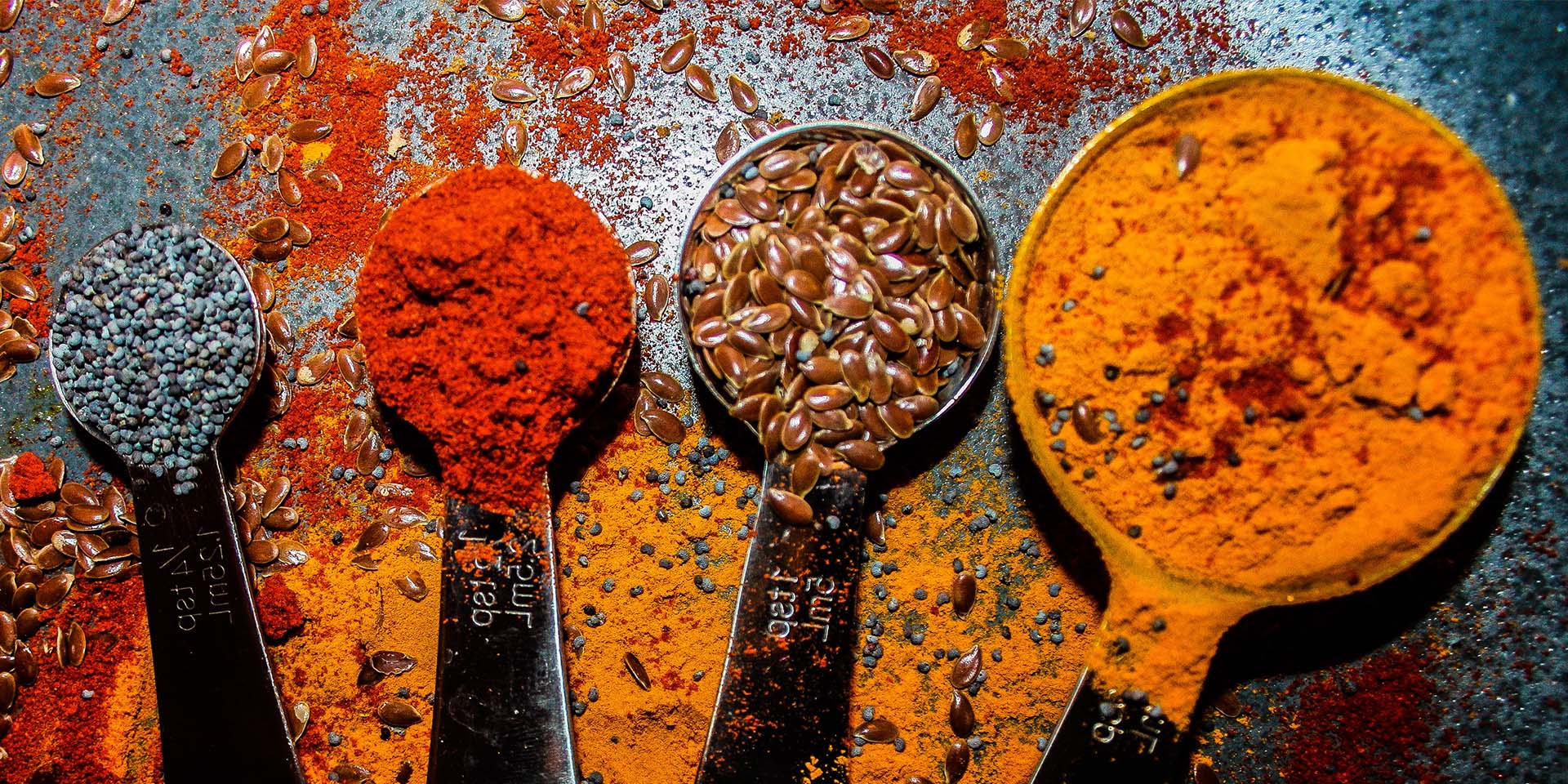- Introduction
- The Theatre of Pigmentation: How Coloured Foods Affect Teeth
- Enamel Under Attack: Food Acidity and Oral Health
- Saving Smiles: Prevention Techniques and Treatments
- Between Flavour and Smile: Finding the Middle Ground
- Conclusion
- Scientific references
Introduction
In an age where aesthetics and health go hand in hand, a dilemma has arisen that is as old as time: the pleasure of gastronomy versus the vanity of a smile. Imagine yourself in front of a vibrant plate of Indian curry, the colour palette promises an explosion of flavour, but what you don’t see is the secret hidden in the impact of those colours on your smile. This is the story of an age-old balance between a taste for the colours of world cuisine and the search for the perfect smile.
The Theatre of Pigmentation: How Coloured Foods Affect Teeth
Heavily pigmented foods such as berries, coffee and red wine contain chromogens which, by binding to tooth surfaces, can cause discolouration. Studies show that this interaction is not just superficial, but can penetrate the outer layers of enamel over time, leading to persistent stains that defy conventional whitening treatments (1).
Enamel Under Attack: Food Acidity and Oral Health
In addition to colour, the acidity present in foods and drinks, such as citrus fruits and soft drinks, represents a siege on tooth enamel. Acidity erodes the enamel, exposing the dentin and further facilitating the absorption of pigments. This double threat not only alters the aesthetics of the smile, but also jeopardises the structural integrity of the teeth (2).

Saving Smiles: Prevention Techniques and Treatments
Fortunately, science offers solutions for navigating this battle of colours. The use of straws when consuming pigmented drinks, the practice of rinsing the mouth with water after eating acidic and pigmented foods, and adherence to a strict oral hygiene routine are all recommended preventative measures. In addition, innovative treatments such as enamel microabrasion and the use of remineralising varnishes are at the forefront of protecting and restoring tooth enamel (3).
Between Flavour and Smile: Finding the Middle Ground
Moderation is the key to maintaining a balance between savouring life and preserving your smile. Including foods rich in calcium and phosphorus, such as milk and fish, in the diet can counteract the negative effects of pigmented foods by strengthening tooth enamel. In addition, regular visits to the dentist allow for continuous monitoring of oral health, preventing further damage before it becomes irreversible (4).
Conclusion
The dance between gastronomic delight and dental aesthetics is complex, but not impossible to orchestrate. With knowledge, prevention and moderation, you can enjoy the world’s culinary riches without sacrificing the brightness of your smile. However, the question is: are we willing to adjust our habits to ensure the health and beauty of our teeth?
Scientific references:
- American Dental Association (ADA). (2022). “Como os Alimentos Afetam Seus Dentes”. ADA.org.
- Journal of Prosthetic Dentistry. (2019). “Erosão Dentária: Consequências para os Dentes e Estratégias de Prevenção”.
- International Journal of Dentistry. (2021). “Novas Abordagens no Tratamento de Manchas Dentárias: Uma Revisão Sistemática”.
- Nutrients. (2020). “O Papel do Cálcio e do Fósforo na Saúde Oral: Uma Revisão da Literatura”.



